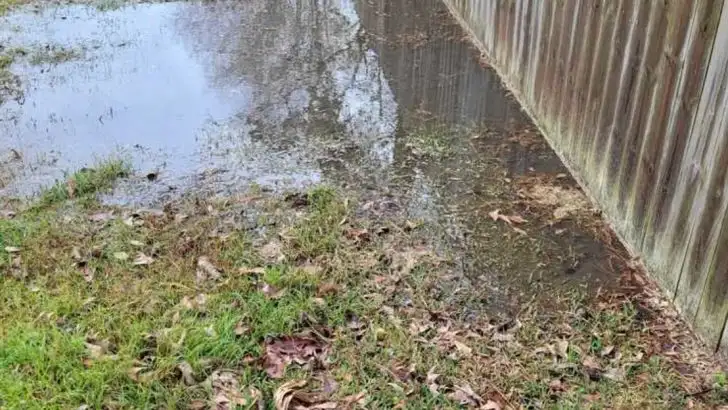Designing your backyard can be exciting, but common mistakes can turn your dream space into a frustrating headache. From poor layout choices to high-maintenance features, certain missteps can lead to wasted time, money, and effort. Avoiding these pitfalls will help you create a functional and beautiful outdoor space that you’ll truly enjoy.
In this article, we reveal the 24 biggest backyard design mistakes that many homeowners regret—and how to avoid them. Whether you’re planning a cozy retreat or a spacious entertainment area, these tips will help you make smart choices and design a backyard you’ll love for years to come.
Ignoring Drainage Issues
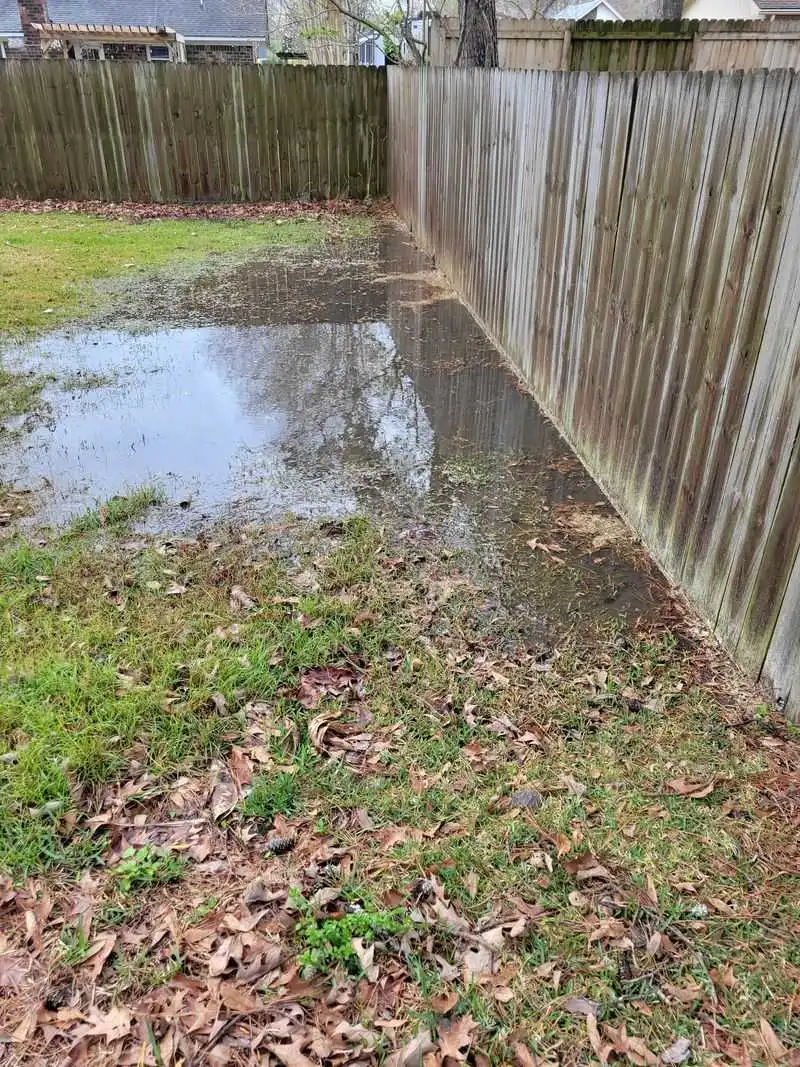
Water can wreak havoc if not managed properly. Neglected drainage often leads to soggy patches, which can harm plant health and soil structure. Installing a proper drainage system ensures water flows away from key areas, keeping everything dry and healthy. Consider working with a landscape professional to assess your needs and design a system tailored to your backyard’s unique conditions. By addressing drainage early, you save yourself from future headaches and costly repairs. A well-drained yard not only protects your investment but also creates a more enjoyable outdoor environment for family and friends.
Overcrowding the Space
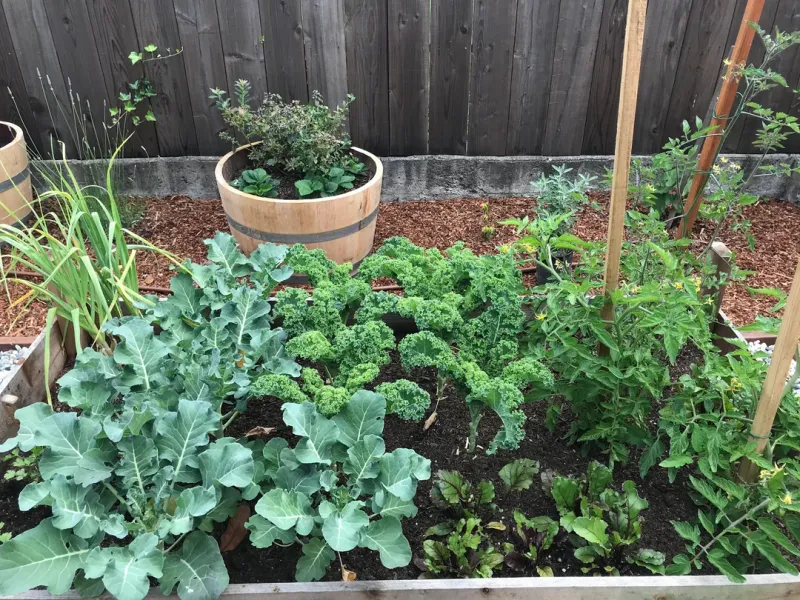
Cramming too many elements into a limited space can make your backyard feel claustrophobic. It’s essential to balance functionality with aesthetics to create a comfortable atmosphere. Focus on essential pieces that serve a clear purpose, whether it’s a cozy seating area or a small water feature. Leave enough open space for movement and breathing room. Planning with scale in mind allows each component to shine, resulting in a harmonious and inviting outdoor space. A tidy, orderly backyard feels more spacious and is more enjoyable to spend time in.
Neglecting Seasonal Changes
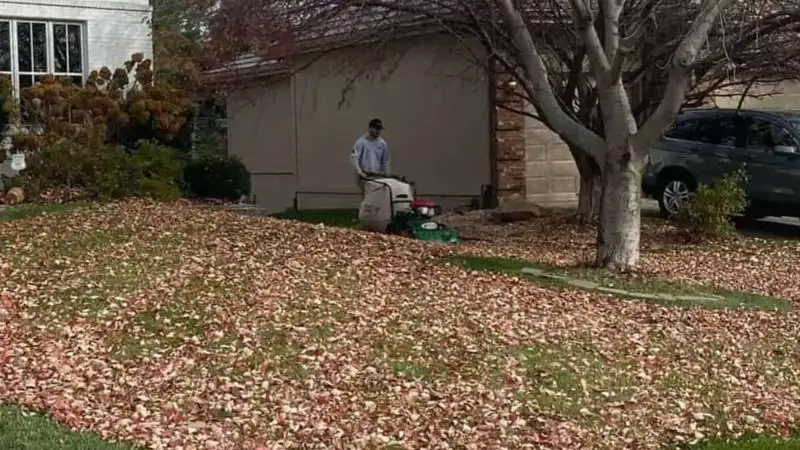
Planning for year-round appeal requires understanding how different plants and features behave throughout the seasons. Choose perennials that thrive in your climate, ensuring continuous color and interest. Incorporate evergreen plants for winter greenery and opt for deciduous trees that offer autumn color. Anticipating seasonal changes enables a dynamic landscape that engages through all four seasons. By selecting plants and features that perform well regardless of the time of year, you maintain a vibrant backyard. Thoughtful planning keeps your space alive and engaging, regardless of the weather.
Ignoring Privacy Needs
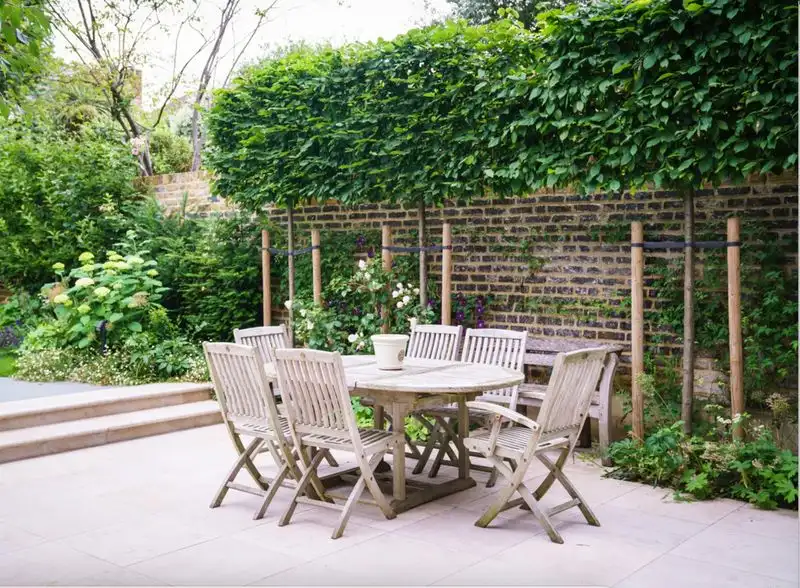
Privacy is key to creating a personal oasis. Failing to consider this aspect can leave you feeling exposed and uncomfortable. Incorporate fences, hedges, or trellises with climbing plants to create intimate spaces. Consider the sightlines from neighboring properties when planning your backyard layout. Thoughtful placement of privacy features not only enhances seclusion but also adds an element of luxury to your backyard. A well-designed privacy plan ensures you enjoy your outdoor space without feeling on display. Privacy considerations transform a yard into a personal retreat.
Choosing the Wrong Plants
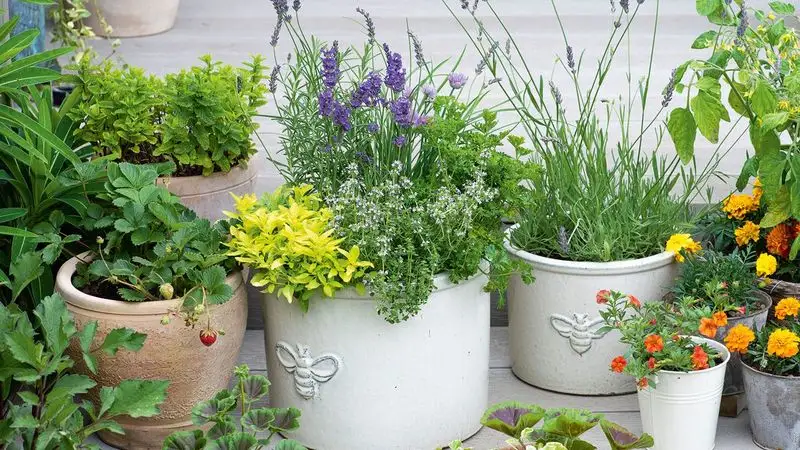
Selecting plants ill-suited to your local climate and soil can lead to disappointment. Research is vital; understanding the needs of each species ensures healthy growth and minimal maintenance. Consider factors such as sunlight, water requirements, and soil type when planning your garden. Consulting with local nurseries or horticulturists can provide valuable insights. The right plants, chosen with care, thrive and enhance your backyard’s beauty. Proper plant selection not only saves time and money but also guarantees a flourishing landscape that complements your home.
Forgetting Pathways
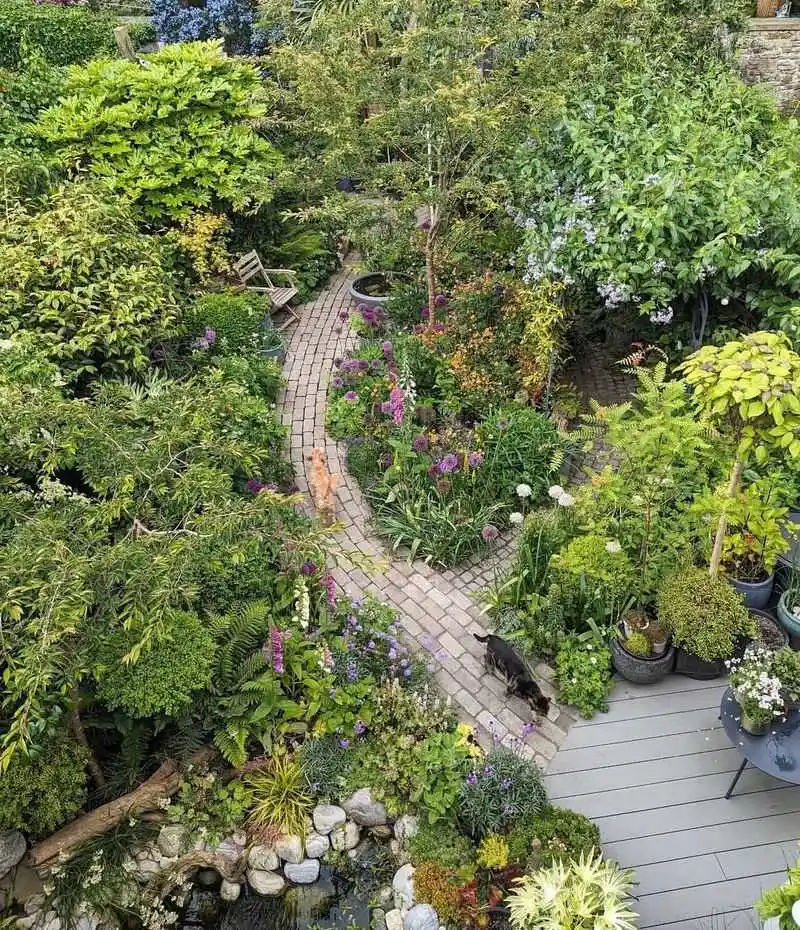
Paths guide movement and define spaces, yet they’re often overlooked in backyard design. Without them, guests may trample grass and plants, leading to unsightly damage. Well-planned pathways direct traffic effortlessly, preserving delicate areas. Consider natural materials like stone or gravel, which blend with the landscape. Designed with intention, pathways enhance both the functionality and visual appeal of your backyard. Paths articulate your space, making movement intuitive and areas distinct. Investing in proper pathways keeps your garden intact and elevates the overall design.
Skimping on Lighting

Lighting transforms how a backyard functions after dark. Skimping on this element can leave your outdoor space feeling uninviting at night. Install a mix of ambient, task, and accent lighting to highlight features and ensure safety. Solar lights along paths or string lights draped over seating areas add both charm and practicality. Strategic lighting decisions create atmosphere and extend usability well into the evening. A well-lit backyard invites you to enjoy the outdoors regardless of the hour. Thoughtful lighting ensures your backyard remains a welcoming haven day or night.
Poor Furniture Choices

Furniture dictates comfort and usability, yet poor choices can hamper enjoyment. Consider durability and weather resistance when selecting outdoor pieces. Materials like teak or wrought iron withstand elements and offer longevity. Prioritize comfort with plush cushions and ergonomic designs. Scale furniture to suit your space, ensuring it complements rather than clutters. Investing in quality pieces enhances your backyard experience, turning it into a true extension of your home. The right furniture not only provides comfort but also withstands time and weather, offering enduring satisfaction.
Underestimating Maintenance
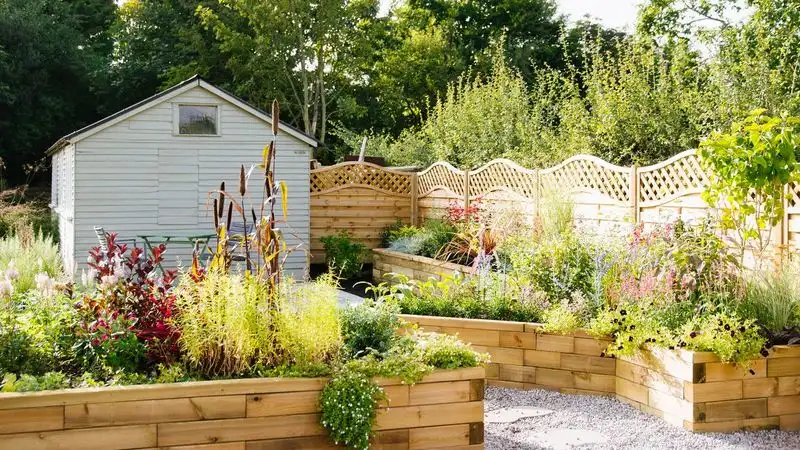
Failing to consider maintenance leads to overwhelming upkeep and neglected spaces. Opt for low-maintenance plants and materials that suit your lifestyle. Native species often require less care, thriving naturally in local conditions. Choose durable hardscaping options that resist wear and tear. Plan for regular upkeep tasks and consider hiring professionals for seasonal tasks. By aligning design with realistic maintenance expectations, your backyard remains a source of pleasure rather than stress. A manageable garden frees you to enjoy your outdoor space without the burden of constant work.
Ignoring Soil Quality
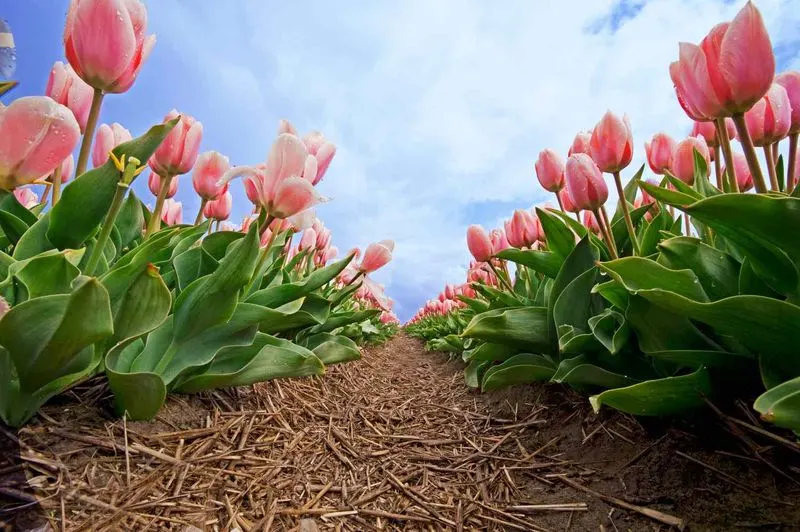
Soil is the foundation of any garden, yet its quality is often overlooked. Healthy soil supports robust plant growth and reduces the need for chemical fertilizers. Test your soil to determine pH and nutrient levels, then amend as necessary with compost or organic matter. Improving soil structure enhances drainage and root development. Recognizing the importance of soil ensures a thriving garden and reduces long-term issues. Investing in soil quality pays dividends in plant health, yielding a more vibrant and resilient backyard. Proper soil care forms the basis of successful gardening.
Neglecting Wildlife
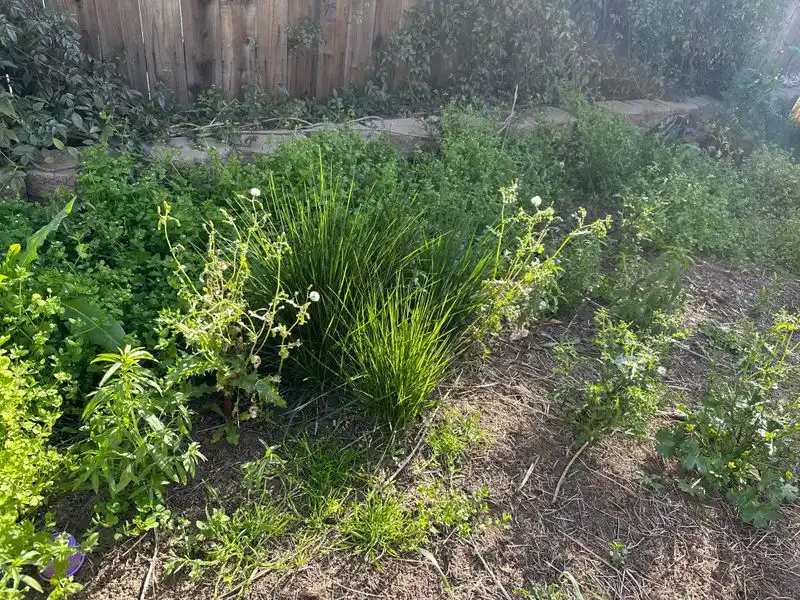
Wildlife enriches your backyard, but neglecting their needs can result in a sterile environment. Incorporate bird feeders, water features, and diverse plantings to attract beneficial species. Native plants offer food and habitat, creating a balanced ecosystem. Avoid pesticides that harm wildlife, opting for natural pest control methods instead. Encouraging wildlife brings life and vibrancy to your backyard. A wildlife-friendly garden not only supports the local ecosystem but also provides endless enjoyment as you observe nature. Creating a habitat invites birds, butterflies, and beneficial insects to share your space.
Overlooking Focal Points
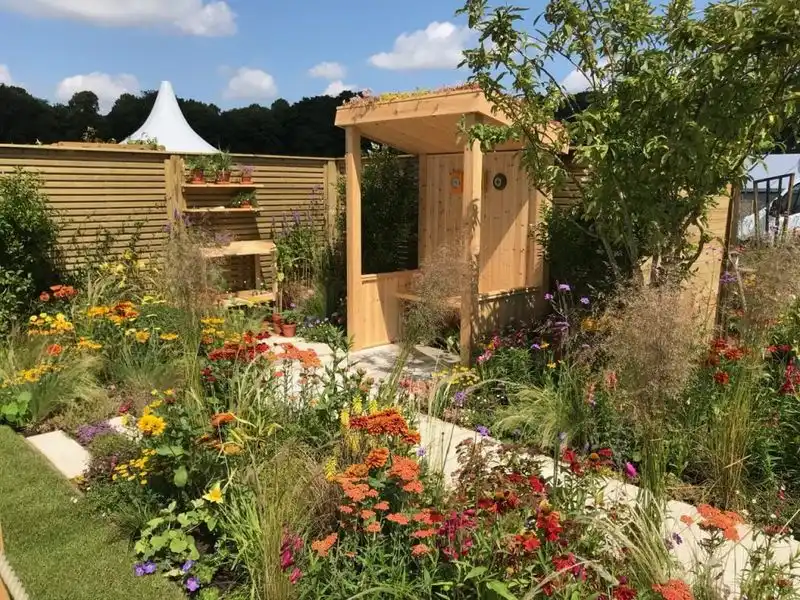
A backyard without focal points can appear bland and uninspired. Introduce elements like a striking sculpture, water feature, or vibrant plant grouping to draw the eye. Focal points provide visual interest and anchor your design, creating a sense of cohesion. Place them strategically to guide movement and enhance the space’s aesthetic appeal. Consider the view from different angles, ensuring focal points are visible and impactful. Thoughtfully chosen points of interest transform a simple backyard into an engaging visual narrative. They highlight your design intent and add personality to your outdoor area.
Disregarding Microclimates
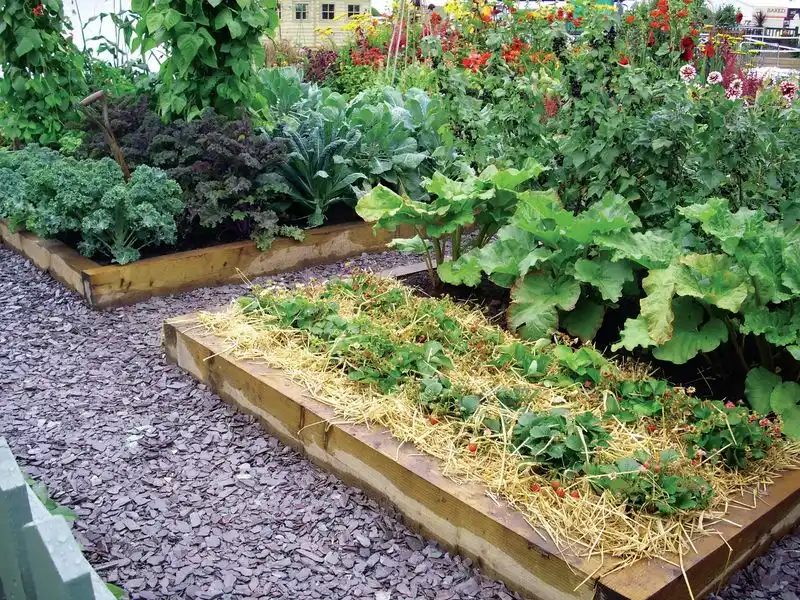
Microclimates within your backyard can significantly affect plant growth. Variations in sunlight, wind, and moisture create unique conditions. Observe these areas before planting, matching plants to their preferred environments. Grouping plants with similar needs reduces stress and maintenance. Recognizing microclimates allows you to optimize plant health and garden success. By adapting your design to these conditions, you create thriving plant communities. Understanding microclimates ensures efficient use of resources and maximizes your backyard’s potential, leading to a more harmonious and sustainable landscape.
Inadequate Water Features
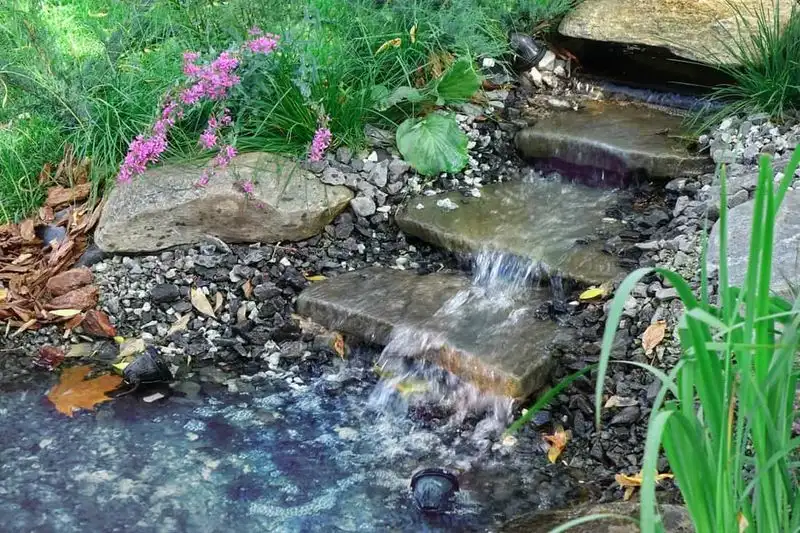
Water features add tranquility and interest, yet inadequate planning can lead to issues. Size and placement are crucial; too large overwhelms, too small looks insignificant. Ensure features are accessible for maintenance. Consider the sound, as too loud can be distracting. Proper filtration and circulation prevent stagnation and algae growth. Thoughtful design and maintenance make water features a delightful addition. They provide sensory pleasure and enhance the soothing atmosphere of your backyard. Properly executed, a water feature becomes a focal point and a source of relaxation.
Overlooking Shade Needs
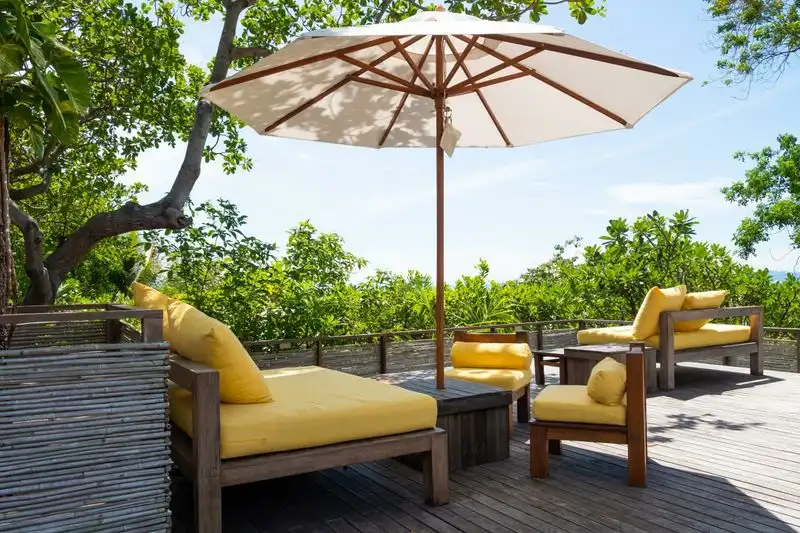
Without adequate shade, your backyard may become unusable during hot weather. Incorporate shade trees, pergolas, or umbrellas to provide relief. Consider placement to protect seating areas and windows from harsh sun. Shaded spaces offer comfort, making your backyard inviting even on warm days. Planning for shade enhances usability and extends the time you can enjoy outdoors. A balance of sun and shade creates a more versatile and comfortable environment. Thoughtful shade solutions ensure your backyard remains a pleasant escape throughout the year, providing protection and enjoyment.
Ignoring Views
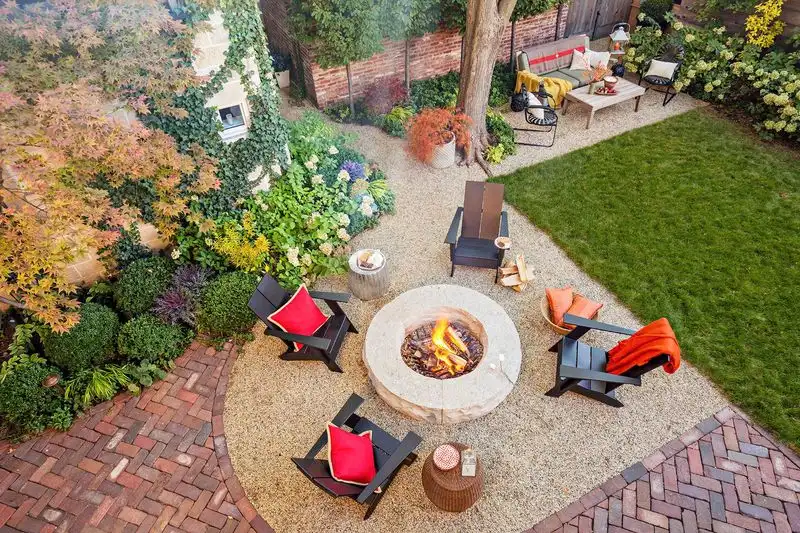
Maximizing views elevates the enjoyment of your backyard. Poorly placed structures can block scenic vistas or create unattractive sightlines. Arrange elements to frame desirable views, enhancing both indoor and outdoor experiences. Consider how plantings and features interact with the surrounding landscape. Thoughtful design respects and highlights natural beauty, creating a seamless connection between your home and environment. Clear, intentional views enrich the backyard’s appeal, offering visual rewards. A well-considered layout ensures you make the most of your setting, drawing the outside in and enhancing relaxation.
Not Planning for Activities
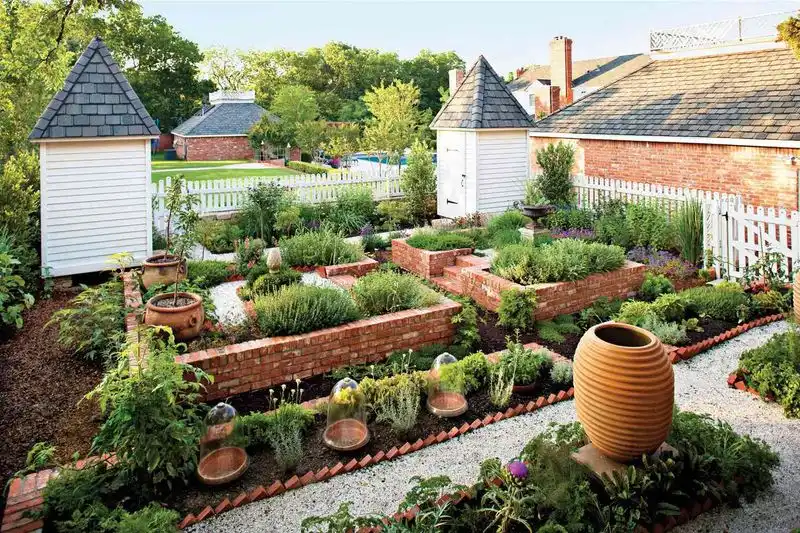
A backyard should accommodate your lifestyle, yet failing to plan for activities can limit its use. Designate spaces for dining, playing, or gardening based on your family’s needs. Flexible, multi-purpose areas adapt to changing activities. Consider durable surfaces for high-traffic zones and ensure seating is ample and comfortable. Thoughtful planning ensures your backyard supports your way of life, offering spaces that are both functional and enjoyable. By tailoring your design to anticipated activities, you create a backyard that enhances daily living. A purposeful layout maximizes your enjoyment of outdoor spaces.
Lack of Cohesion
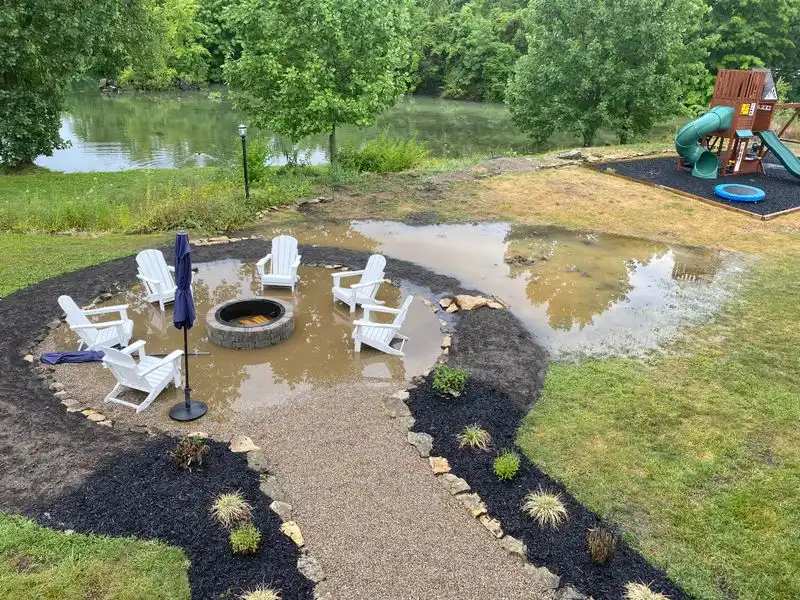
Cohesion in design brings harmony to your backyard, avoiding a patchwork appearance. Choose a consistent theme or style, whether modern, rustic, or tropical, and stick to it. Coordinate materials, colors, and plant choices to ensure everything works together. A unified design creates flow and makes the space feel more expansive and welcoming. Consistent elements tie the landscape together, enhancing its overall impact. By focusing on cohesion, you craft a backyard that feels intentional and polished. A well-coordinated space delights the senses and invites you to linger longer.
Overemphasizing Lawn
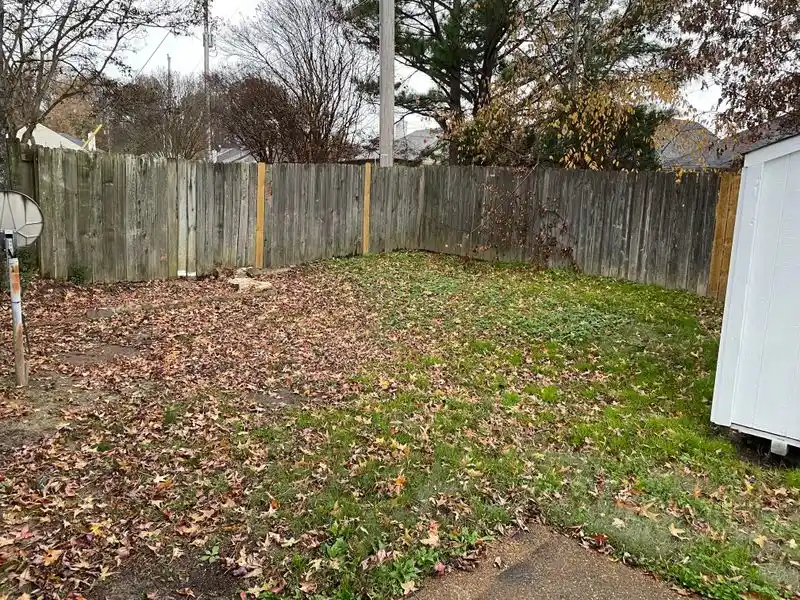
While a green lawn can be beautiful, overemphasizing it may limit the diversity of your backyard. Consider alternative ground covers, garden beds, or hardscape features to add variety. Reducing lawn size can lower maintenance and water usage, offering environmental benefits. Integrating diverse elements provides visual interest and ecological value. A balanced approach to lawn and landscaping enriches your backyard’s character. By minimizing lawn area, you create opportunities for creativity and sustainability. A well-rounded design offers more than just grass, inviting exploration and enjoyment beyond the usual.
Poor Irrigation Planning
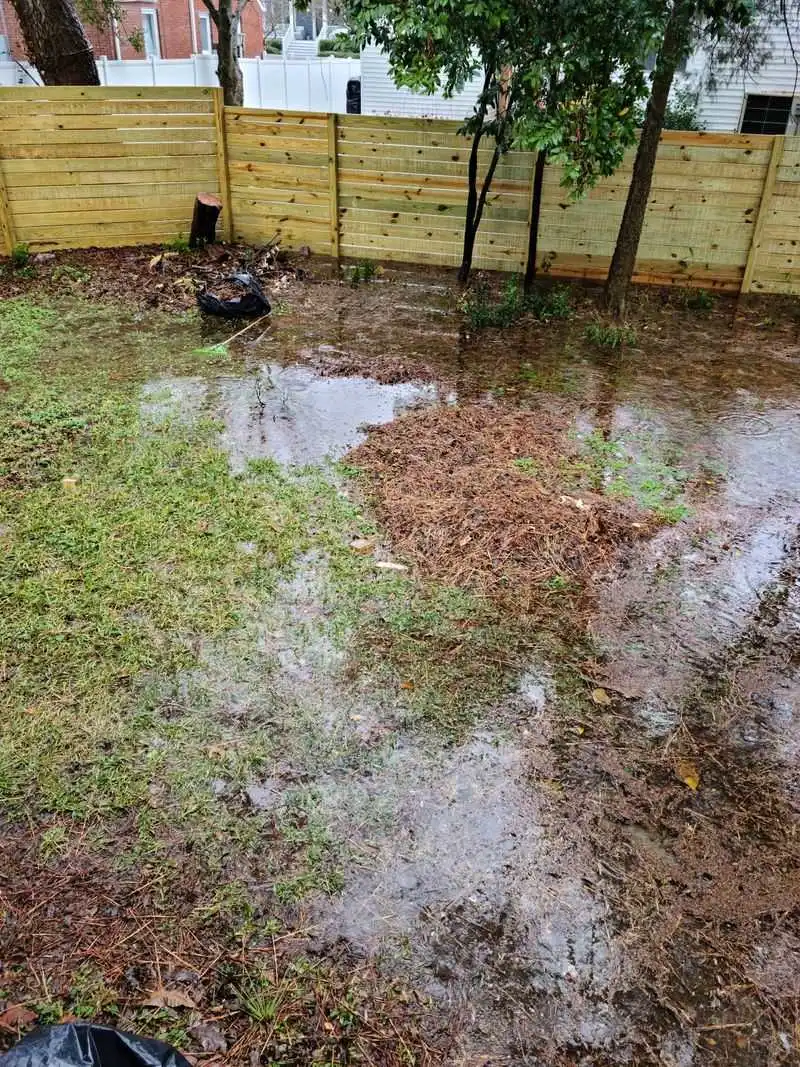
Efficient irrigation is crucial for maintaining a healthy garden. Poor planning can result in inconsistent watering, damaging plants and wasting resources. Install a system that matches your landscape’s needs, such as drip irrigation for flower beds and sprinklers for lawns. Smart controllers optimize water usage based on weather and soil conditions. Regularly check for leaks and adjust settings seasonally. Thoughtful irrigation provides plants with the right amount of water, reducing stress and enhancing growth. A well-planned system conserves water and time, supporting a lush and thriving backyard.
Neglecting Edges and Borders

Edges and borders define your garden, yet they’re often neglected, resulting in a messy appearance. Use plants, stones, or metal edging to delineate spaces and add structure. Well-defined borders enhance the overall design, providing a polished look. They guide the eye and separate different areas, emphasizing the layout. Paying attention to edges and borders creates visual clarity and order. By investing in quality materials and thoughtful placement, you achieve a refined finish. A well-edged garden looks intentional and maintained, increasing curb appeal and personal satisfaction.
Ignoring Personal Style
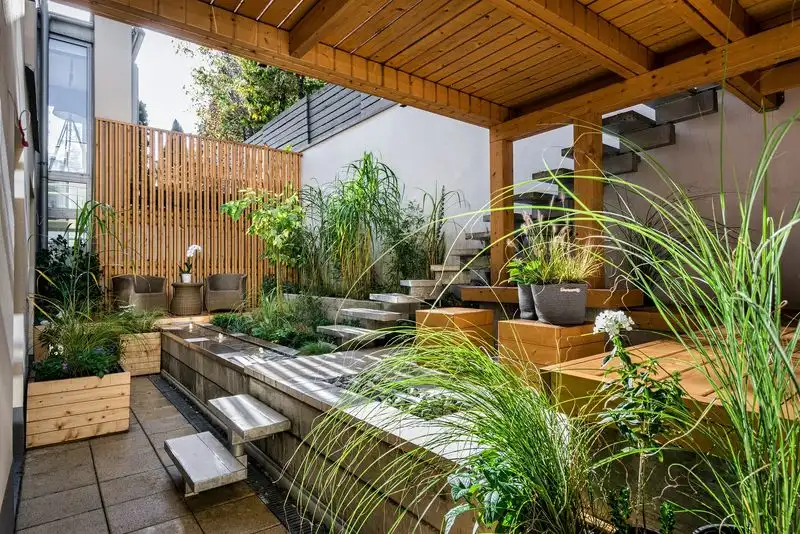
Your backyard should reflect your personality, yet ignoring personal style can lead to a generic space. Infuse your interests through art, plants, or furniture choices. Custom features like a fire pit or outdoor kitchen offer unique functionality. Personal touches add character and make your garden truly yours. By expressing your style, you create a backyard that resonates with you and your family. A personalized space feels inviting and comfortable, enhancing your connection to the outdoors. Celebrate your individuality by incorporating elements that bring joy and satisfaction.
Overlooking Safety
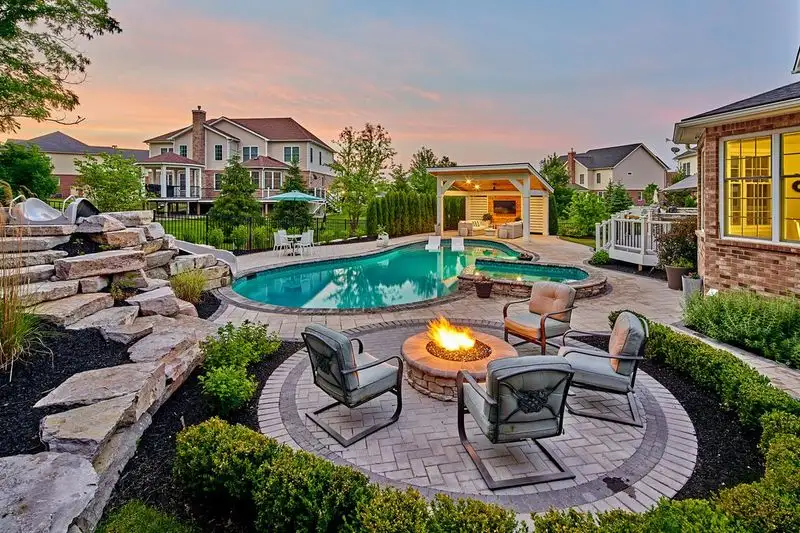
Safety should never be an afterthought in backyard design. Uneven surfaces, sharp edges, and poor lighting can lead to accidents. Choose slip-resistant materials for pathways and ensure all edges are smooth and safe. Properly illuminate steps and high-traffic areas to prevent trips and falls. Installing railings where necessary adds security. A safe backyard provides peace of mind and ensures enjoyment for all ages. By prioritizing safety, you create a welcoming environment for family and friends. Thoughtful design minimizes risks and maximizes relaxation.

